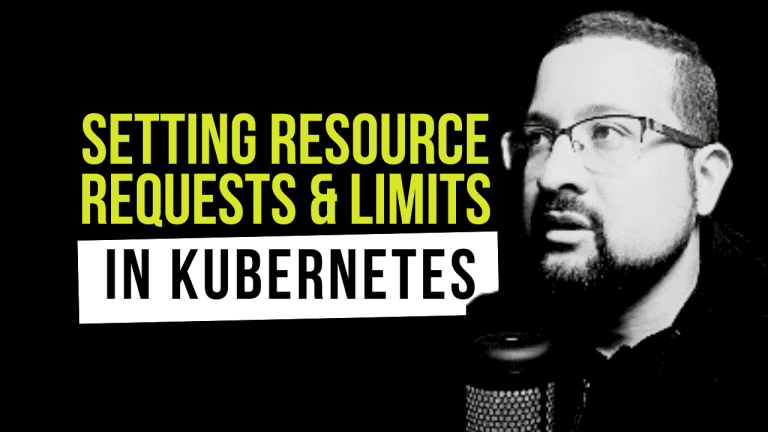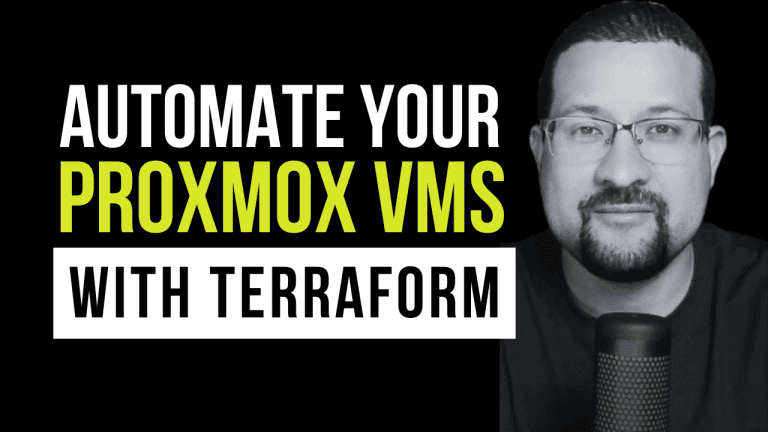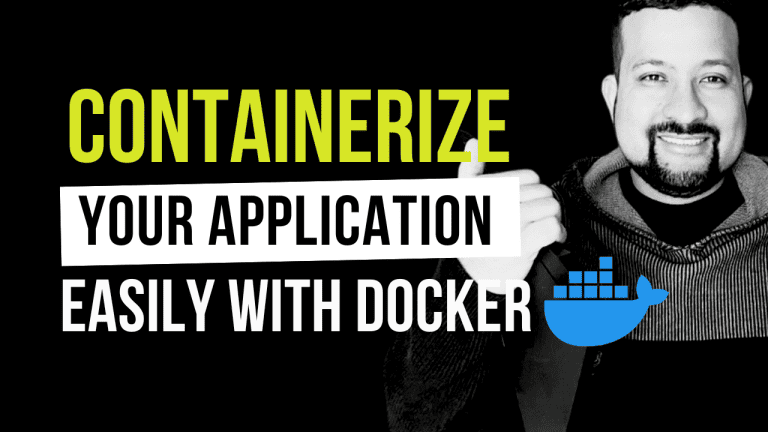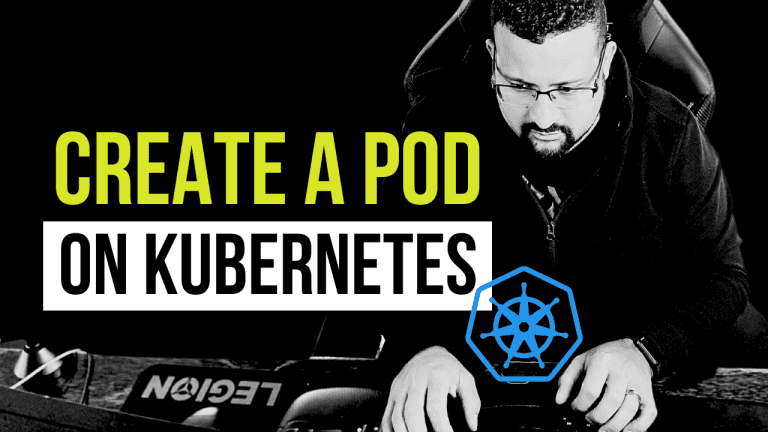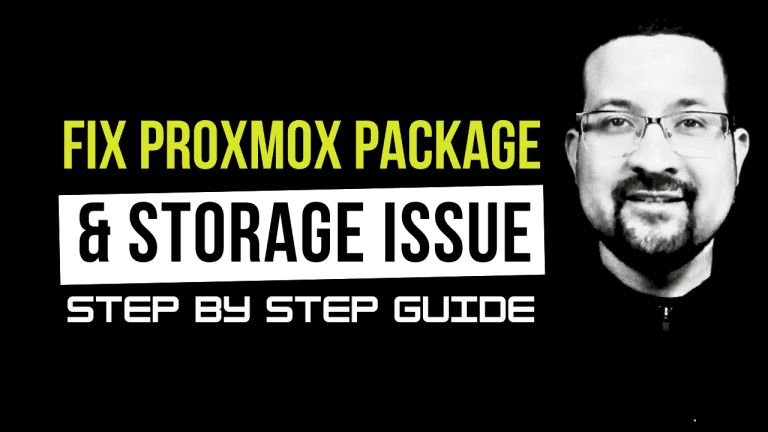Are you ready to dive into the world of Arch Linux? In this comprehensive guide, I’ll walk you through installing Arch Linux in a Proxmox virtual environment, complete with a GNOME desktop environment. Whether you’re a Linux enthusiast or just starting, this tutorial will help you create a fully functional Arch Linux system.
Requirements
- A running Proxmox environment
- Arch Linux ISO mounted in your virtual machine
- Basic understanding of Linux commands
Initial Setup with Arch install
The Arch install script makes the installation process more streamlined while maintaining the flexibility Arch Linux is known for. Let’s begin:
- Boot into the Arch Linux live environment
- Start arch install and follow these configuration steps:
Basic Configuration
- Select English as your language
- Choose the United States mirror for optimal download speeds
- For disk configuration, select Use a best-effort default partition layout
- Choose Btrfs as your filesystem
- Enable compression for better storage efficiency
- Select GRUB as your bootloader
User Configuration
- Set up a strong root password
- Create a new user account (in our case, “Pwire”)
- Configure network and graphics interface settings
Post-Installation Configuration
After the base installation, we must set up our graphical environment. Arch Linux doesn’t have a display manager by default, so we’ll install GNOME for a user-friendly experience.
Installing GNOME Desktop Environment
Log in as root and execute these commands:
# Install GNOME desktop environment
pacman -S gnome
# Enable and start the GNOME Display Manager (GDM)
systemctl enable gdm.service
systemctl start gdm.serviceSystem Customization
Let’s add some useful tools and configurations:
- Install System Fonts
The default font selection in Arch can be limited. Installing additional fonts improves the overall user experience. - System Reboot
After installing GNOME and configuring the display manager, reboot your system:
reboot now - Installing Neofetch
Neofetch is a command-line system information tool that displays your system specs in a visually appealing way:
pacman -S neofetchPro Tips and Best Practices
- Regular Updates
Keep your system up to date with:
pacman -Syu- Btrfs Benefits
Our choice of Btrfs as the filesystem provides:
- Built-in compression
- Snapshot capabilities
- Self-healing features
- System Maintenance
Regular maintenance helps keep your Arch installation running smoothly:
- Clean package cache periodically
- Monitor system logs
- Keep track of installed packages
Conclusion
Congratulations! You now have a fully functional Arch Linux system in Proxmox with a GNOME desktop environment. This setup provides a solid foundation for further customization and learning. Remember, Arch Linux is all about understanding and controlling your system – don’t be afraid to experiment and learn more about each component.
Feel free to check out more tutorials on my YouTube channel for advanced Arch Linux topics and system customization guides!
Remember to like, subscribe, and share if you found this guide helpful!


